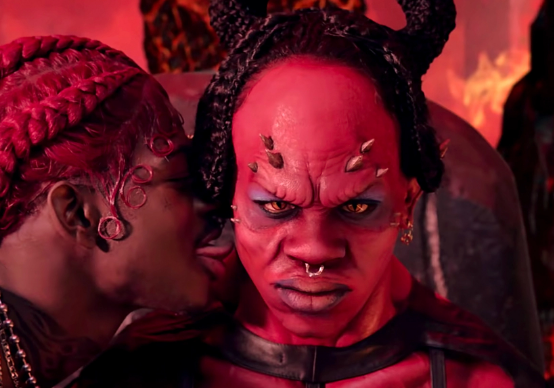Read More Breaking Marketing News
Maverick's Morning Thoughts
Is the Controversial Use of Satanic Branding a Good Idea?
Maverick Steffen - 12/31/2023


...the devil doesn't come in the form of traditional colors, capes, horns and other conspicuous attire, but rather in the form of indifference toward suffering, calculated avarice and sadistic joy.
It's a blend of shock, commentary, and a testament to the enduring human fascination with the forbidden.
As society evolves, so too does the interpretation and reception of these symbols.
What remains clear is the undying allure of the dark and mysterious, continuing to captivate and provoke audiences around the world.
Online, the reaction is polarized.
Some fans rally behind the boldness of their favorite artists, while detractors denounce the imagery as harmful or offensive.
On one hand, it garners immediate attention and can significantly boost an artist's or brand's profile, while on the other hand it creates widespread controversy.
However, this controversy counterproductively creates more attention for the artist, widening and deepening the artists' base, the way MSNBC helped Donald Trump win his Presidency by covering him constantly.
To your success!

DOMINATE and WIN with MAVERICK
Learn how to use marketing to get whatever you want.

Ready to DOMINATE and WIN?
Privacy Policy: We hate spam and promise to keep your email address safe.